The Government’s Climate Action Plan maps out ambitious targets for reducing carbon emissions in Ireland which is compounded by our poor performance to date. The plan acknowledges that Ireland will miss the target set for the period 2013 to 2020 for renewables by about one-eighth but “more worrying is the expectation that recent growth in emissions, particularly from industry, agriculture and transport will put us on a trajectory to be over 25% off target for the next 2021-2030 accounting period”.
The plan outlines how over the next 11 years Ireland has to close “a cumulative gap of 101 MtCO2eq emissions”. The authors maintain that “continued investment in our national forestry strategy will provide approximately 21Mt of further CO2 removals”.
The plan has been criticised for being short in detail, but when the reader drills down into the various recommendations, detail does emerge, not only on the enormity of the scale in tackling climate disruption but how ambitious targets need to be achieved without compromising our “national capacity for sustainable food production”. The plan recognises that an ambitious transition to a low carbon economy will “be developed within the structure of the emerging CAP”.
Annual planting of 8,000ha
The plan sets out targets for forestry in maximising long-term carbon-sink benefits in diversifying land use. In this regard, the plan aims to “increase afforestation rates from their current levels [less than 4,000ha] to an average of 8,000ha per year, in order to reach our forestry land-cover target of 18% by the second half of this century, through engaging with a range of landowners, from farmers through to state bodies and local authorities”.
While this approach “will mostly yield benefits in the longer term, it will also contribute to our 2030 target through carbon sequestration and displacing other high carbon uses of land,” the plan maintains. In addition, the plan aims to:
Supplement the attractive financial incentives already in place (for faster afforestation, sustainable forest management, and wood mobilisation), with Knowledge Transfer programmes to raise awareness of the benefits of forestry and ecosystem services, including tackling the attitudinal and behavioural barriers to changing land management and use.Ensure ongoing action to manage the risk to current carbon stocks from natural disturbances, such as fires, and deforestation.Enable increased access into forests to allow the efficient and timely harvesting of timber for delivery to the market.Unlike a number of reports on climate change to date, the plan acknowledges not only the carbon sequestration benefits of forests but the carbon substitution and storage potential of wood in sustainable construction: “We are optimising the use of domestic harvested wood in longer-lived products, which results in the double climate benefit of enhancing the storage of carbon in these products, as well as substituting wood for materials of higher carbon intensity.” In this regard, the plan also identifies forestry as one of the “well established” bases in maximising the potential of the bioeconomy from a climate change and a job creation perspective.
Creating greater awareness of good forest practice by forest owners is also addressed including the need to “increase the number of new Knowledge Transfer Groups (KTGs), which promote sustainable forest management and mobilisation of timber among forest owners,” as well as encouraging “forestry producer groups in timber mobilisation and forest management”.
The plan has been welcomed by spokespersons for the nursery sector, forestry companies and timber processors. They maintain that the 8,000ha annual afforestation programme is realistic but it postpones the 18% forest cover target until 2090.
There will be an opportunity to address issues raised in the action plan on 8 July in the National Botanic Gardens at the Forest Industries Ireland’s stakeholder forum on forestry and climate change. Speakers include Minister Richard Bruton, Stuart Goodall, Confederation of Forest Industries, UK, Cara Augustenborg, UCD and Pekka Kauppi, University of Helsinki.
Coillte converts commercial to recreational forests
A new “Coillte Nature” environment initiative has been launched “to focus on carbon sequestration, species diversity, biodiversity and development of recreational forests” according to a company spokesperson.
“The company has established a new not for profit entity “Coillte Nature” which will focus on the environment and recreational forests,” he said. “Coillte Nature will target the delivery of new woodlands, facilitating species diversity, biodiversity and carbon sequestration as part of the Government’s National Forestry Programme. The establishment of Coillte Nature will also see the conversion of certain commercial Coillte forests to recreational forests.”
Due to their proximity to Dublin, nine Coillte forests account for the majority of visits to the Dublin Uplands including forests in Ticknock, Barnaslignan, Carrigolligan, Kilmashogue, Ballyedmonduff, Massey’s Wood, Hell Fire, Cruagh and Tibradden.
“Coillte’s focus is to drive a strong commercial performance and at the same time provide a valuable environmental and social dividend to society at large,” said Coillte chair, Bernie Gray.
Timely
“Our decision to establish Coillte Nature fits perfectly in this regard. This is a very significant and timely initiative which is naturally aligned with the Government’s focus on climate action.”
Minister of State for Food, Forestry and Agriculture Andrew Doyle welcomed the Coillte initiative. “The launch of the Government’s Climate Action Plan this week has set us ambitious targets for new afforestation in the coming years and Coillte will have a key role to play in the delivery of this,” he said.
The Government’s Climate Action Plan maps out ambitious targets for reducing carbon emissions in Ireland which is compounded by our poor performance to date. The plan acknowledges that Ireland will miss the target set for the period 2013 to 2020 for renewables by about one-eighth but “more worrying is the expectation that recent growth in emissions, particularly from industry, agriculture and transport will put us on a trajectory to be over 25% off target for the next 2021-2030 accounting period”.
The plan outlines how over the next 11 years Ireland has to close “a cumulative gap of 101 MtCO2eq emissions”. The authors maintain that “continued investment in our national forestry strategy will provide approximately 21Mt of further CO2 removals”.
The plan has been criticised for being short in detail, but when the reader drills down into the various recommendations, detail does emerge, not only on the enormity of the scale in tackling climate disruption but how ambitious targets need to be achieved without compromising our “national capacity for sustainable food production”. The plan recognises that an ambitious transition to a low carbon economy will “be developed within the structure of the emerging CAP”.
Annual planting of 8,000ha
The plan sets out targets for forestry in maximising long-term carbon-sink benefits in diversifying land use. In this regard, the plan aims to “increase afforestation rates from their current levels [less than 4,000ha] to an average of 8,000ha per year, in order to reach our forestry land-cover target of 18% by the second half of this century, through engaging with a range of landowners, from farmers through to state bodies and local authorities”.
While this approach “will mostly yield benefits in the longer term, it will also contribute to our 2030 target through carbon sequestration and displacing other high carbon uses of land,” the plan maintains. In addition, the plan aims to:
Supplement the attractive financial incentives already in place (for faster afforestation, sustainable forest management, and wood mobilisation), with Knowledge Transfer programmes to raise awareness of the benefits of forestry and ecosystem services, including tackling the attitudinal and behavioural barriers to changing land management and use.Ensure ongoing action to manage the risk to current carbon stocks from natural disturbances, such as fires, and deforestation.Enable increased access into forests to allow the efficient and timely harvesting of timber for delivery to the market.Unlike a number of reports on climate change to date, the plan acknowledges not only the carbon sequestration benefits of forests but the carbon substitution and storage potential of wood in sustainable construction: “We are optimising the use of domestic harvested wood in longer-lived products, which results in the double climate benefit of enhancing the storage of carbon in these products, as well as substituting wood for materials of higher carbon intensity.” In this regard, the plan also identifies forestry as one of the “well established” bases in maximising the potential of the bioeconomy from a climate change and a job creation perspective.
Creating greater awareness of good forest practice by forest owners is also addressed including the need to “increase the number of new Knowledge Transfer Groups (KTGs), which promote sustainable forest management and mobilisation of timber among forest owners,” as well as encouraging “forestry producer groups in timber mobilisation and forest management”.
The plan has been welcomed by spokespersons for the nursery sector, forestry companies and timber processors. They maintain that the 8,000ha annual afforestation programme is realistic but it postpones the 18% forest cover target until 2090.
There will be an opportunity to address issues raised in the action plan on 8 July in the National Botanic Gardens at the Forest Industries Ireland’s stakeholder forum on forestry and climate change. Speakers include Minister Richard Bruton, Stuart Goodall, Confederation of Forest Industries, UK, Cara Augustenborg, UCD and Pekka Kauppi, University of Helsinki.
Coillte converts commercial to recreational forests
A new “Coillte Nature” environment initiative has been launched “to focus on carbon sequestration, species diversity, biodiversity and development of recreational forests” according to a company spokesperson.
“The company has established a new not for profit entity “Coillte Nature” which will focus on the environment and recreational forests,” he said. “Coillte Nature will target the delivery of new woodlands, facilitating species diversity, biodiversity and carbon sequestration as part of the Government’s National Forestry Programme. The establishment of Coillte Nature will also see the conversion of certain commercial Coillte forests to recreational forests.”
Due to their proximity to Dublin, nine Coillte forests account for the majority of visits to the Dublin Uplands including forests in Ticknock, Barnaslignan, Carrigolligan, Kilmashogue, Ballyedmonduff, Massey’s Wood, Hell Fire, Cruagh and Tibradden.
“Coillte’s focus is to drive a strong commercial performance and at the same time provide a valuable environmental and social dividend to society at large,” said Coillte chair, Bernie Gray.
Timely
“Our decision to establish Coillte Nature fits perfectly in this regard. This is a very significant and timely initiative which is naturally aligned with the Government’s focus on climate action.”
Minister of State for Food, Forestry and Agriculture Andrew Doyle welcomed the Coillte initiative. “The launch of the Government’s Climate Action Plan this week has set us ambitious targets for new afforestation in the coming years and Coillte will have a key role to play in the delivery of this,” he said.




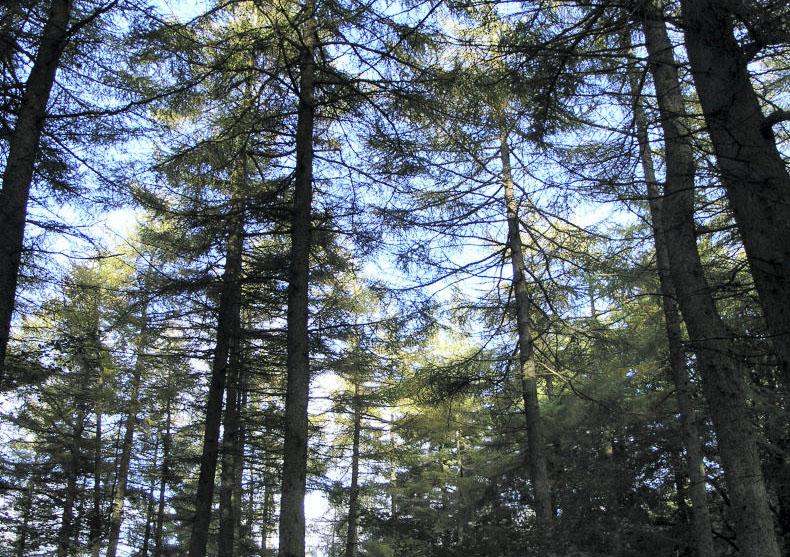
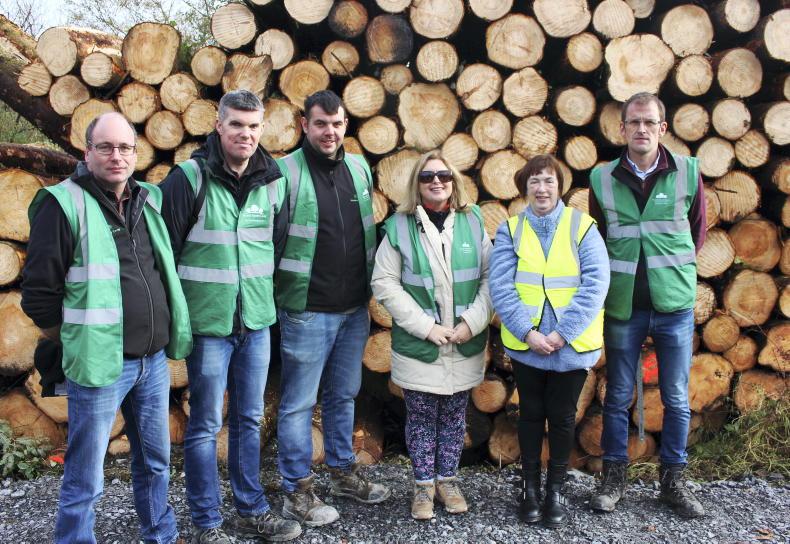
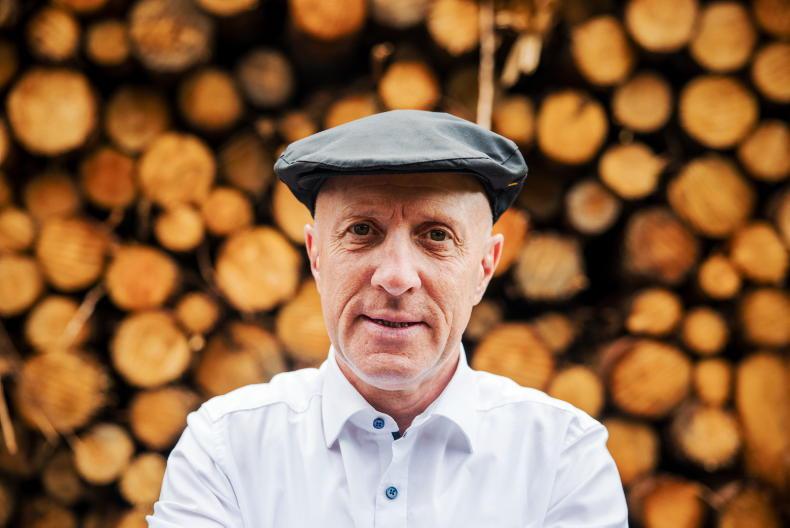
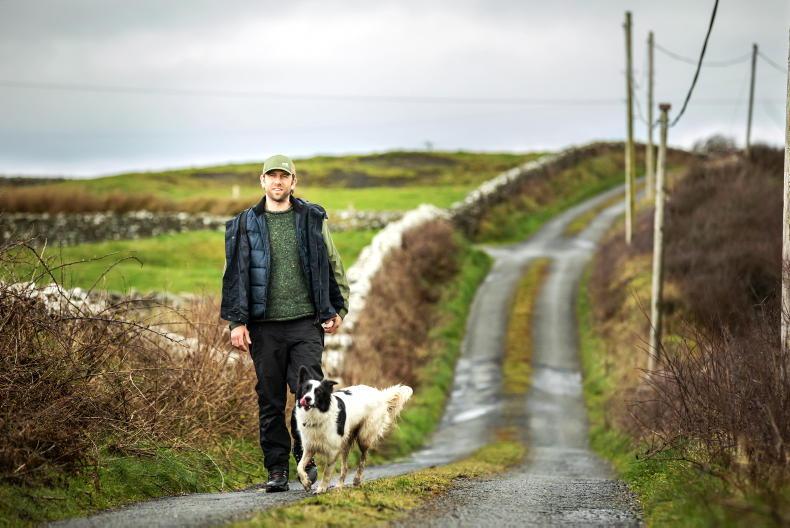
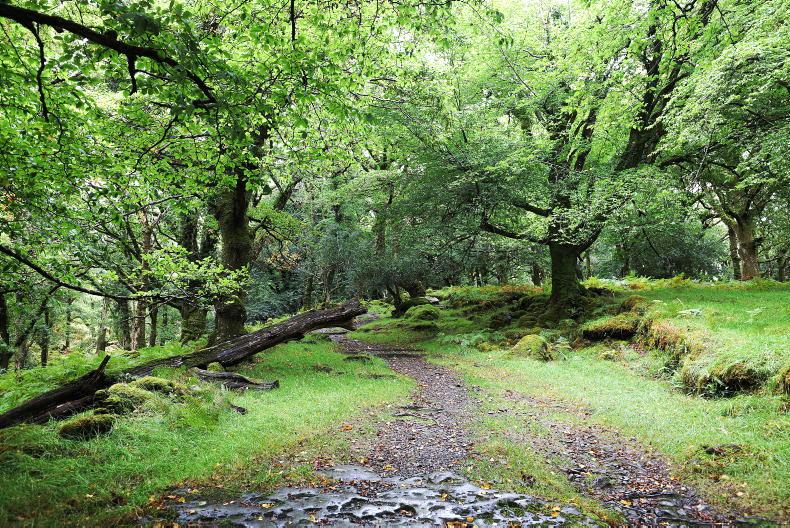
SHARING OPTIONS